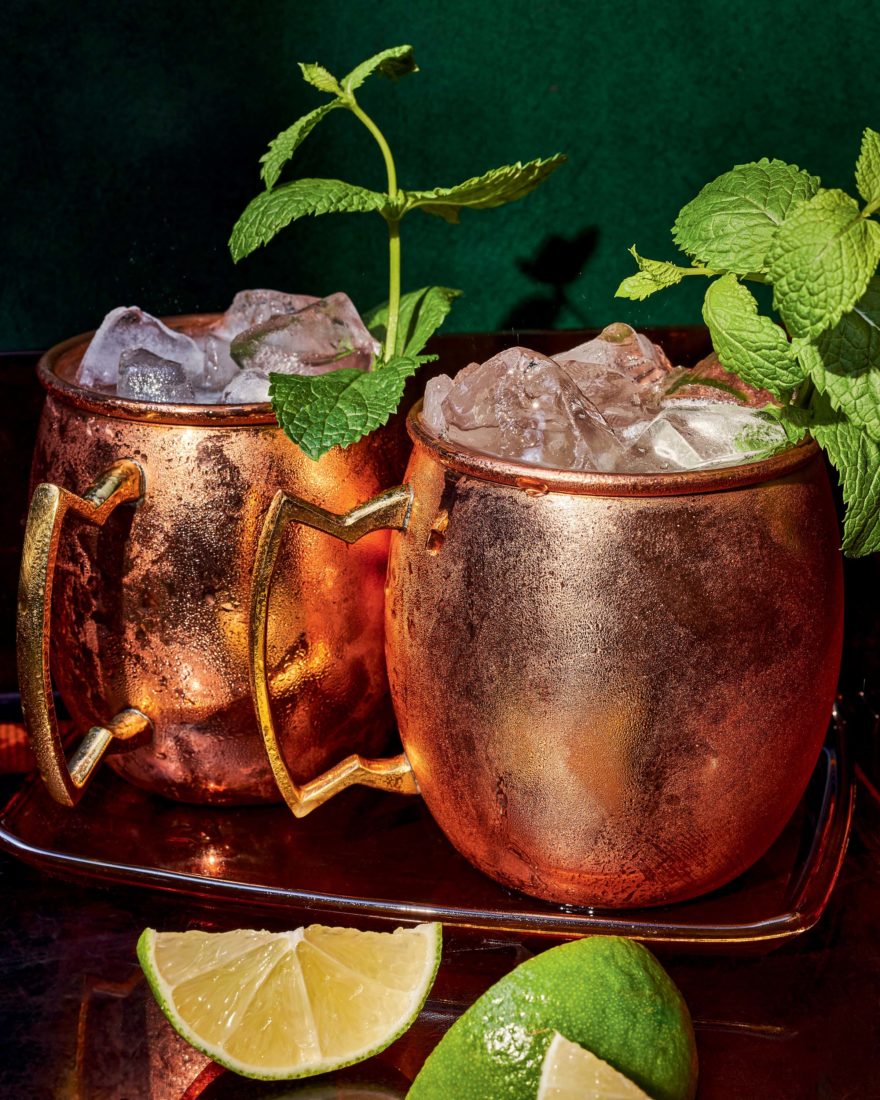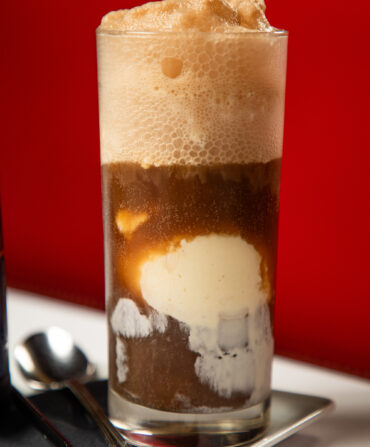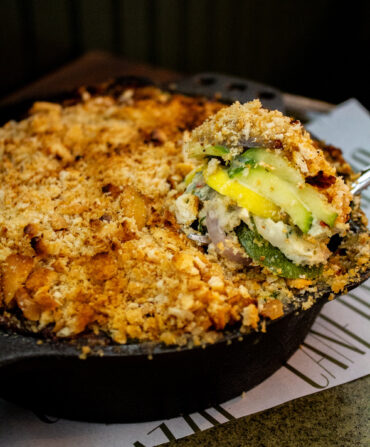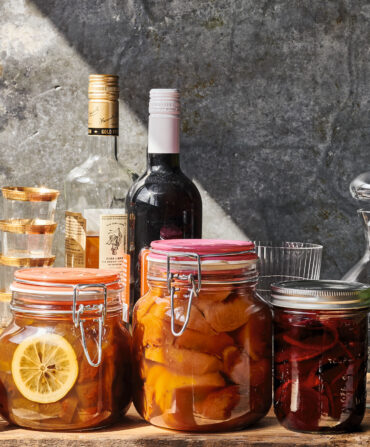Vodka has long been your friend who can do just about everything, yet refrains from being the center of attention. It can sharpen any beverage—Orange juice! Tomato juice! Red Bull!—but lingers in the background, smirking rather than shouting. That’s partly by design. For years, the federal agency that oversees alcohol has defined vodka as a spirit “without distinctive character, aroma, taste, or color.” It’s been the wallflower liquor.
That changed this past spring. After long consideration, the feds quietly dropped that definition. Vodka is defined now by how it’s produced rather than how it looks or tastes.
This recalibration wasn’t aimed at opening the floodgates for more inventive vodkas. Instead, the government was essentially catching up with what’s been happening for a decade or more among craft distillers. Vodka can be made from anything fermentable—potatoes, molasses, or corn, for instance, each of which has its own taste profile. Larger producers usually distill using industrial-sized equipment that efficiently strips out flavors, leaving a clean, neutral spirit. But flavors can persist, if faintly, when made with the smaller-scale equipment craft distillers typically employ. Thanks to the change in regulations, taste is now a feature rather than a flaw.
Across the South a number of distillers have been creating notable vodkas. Old Fourth Distillery in Atlanta puts out a sugarcane-based version that retains a touch of sweetness. J. T. Meleck vodka, from Louisiana, has a dryness that suggests the rice from which it came. And Founding Spirits vodka, made in Washington, D.C., seems a bit more structured and muscular, crafted as it is from hard red spring wheat from North Dakota that the company calls “the aristocrat of wheat.”
Under current law, distillers must continue to produce vodka at a higher proof than whiskey or rum, so it will always have a cleaner taste than its spirituous cousins. That means it will still all but disappear when it mingles with mixers—though it can hold its own in a dry vodka martini.
Traditionally, the craft of vodka has been not so much in the production as in the selling of it—the shape of the bottle, the brilliance of advertising, the forging of an aspirational brand. (Absolut insert city name here, anyone?) Among the slickest early marketing campaigns was one launched by Smirnoff in the 1940s—it touted a drink the company had helped concoct called the Moscow Mule, served in a copper mug “by tradition” (a wholly fabricated tradition).
The Mule remains a simple drink—vodka, lime juice, and ginger beer. It’s also a perfect cocktail for fall, with a citrusy nod to summer, augmented with gingery ballast to hint at winter holidays to come. Since 2012, Seed Kitchen & Bar in Marietta, Georgia, has served a fine twist on the Mule dreamed up by bartender Chris McNeill, adding a ginger-lemon syrup for both brightness and depth. Seed’s beverage manager, Sarah Berman, prefers Barritt’s ginger beer from Bermuda. “It’s a great example of traditional ginger beer,” she says.
As for vodka, Seed goes with Wheatley, by Buffalo Trace Distillery. The Kentucky maker wields the same hard winter wheat that finds its way into some of its noted bourbons, and bottles Wheatley at a slightly higher proof than most other vodkas to give it a bit of spine. But be promiscuous—try others. Taste a difference? Please report back.








